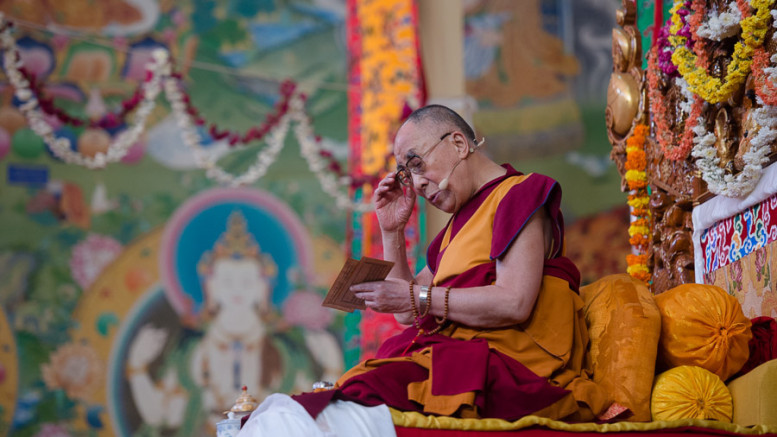January 18, 2016 7:44 PM
China has published a list of “authentic living Buddhas” of Tibetan Buddhism, saying the move is part of an effort to prevent fraudulent religious leaders from swindling money from believers.
The Chinese government published a list Monday of 870 “verified” Buddhas on the website of the State Administration for Religious Affairs. The list includes photographs, names, birth dates and resident monasteries.
China began issuing certificates to what it calls “living Buddhas” in 2010, but this is the first time the information has been accessible on the Internet.
Critics say the spiritual cataloging is an attempt by the Chinese government to control Tibetan Buddhist leaders as well as the next reincarnation of the Dalai Lama.
China’s state-run Xinhua news agency says the Internet database is an effort to promote transparency in Tibetan Buddhism and to regulate reincarnation issues for living Buddhas.
Previously, China and the Tibetan government-in-exile have disagreed on the reincarnation of the Panchen Lama, the second most important figure in Tibetan Buddhism, with both appointing different boys to the position in 1995.
Dalai Lama
Tibetan Buddhists believe that Buddhas can choose where and when they will reincarnate, or take rebirth in their next life, in order to continue their work of helping people. They believe that anyone can become a Buddha by removing all impurities from the mind through meditation and prayer.
Previously, the Dalai Lama has said he will decide before he dies on whether the institution of the Dalai Lama should continue. He has said he will consult with the high lamas of Tibetan Buddhist traditions, the Tibetan public and others before deciding.
However, he said China should have no say in whether he is reincarnated.
Tibet’s government-in-exile has operated from India since 1959, when the Dalai Lama fled Tibet after a failed uprising against Chinese rule.
China has often accused the Dalai Lama and his followers of advocating Tibetan secession, despite repeated assurances from the Dalai Lama that he is seeking dialogue with China aimed only at establishing Tibetan autonomy.

